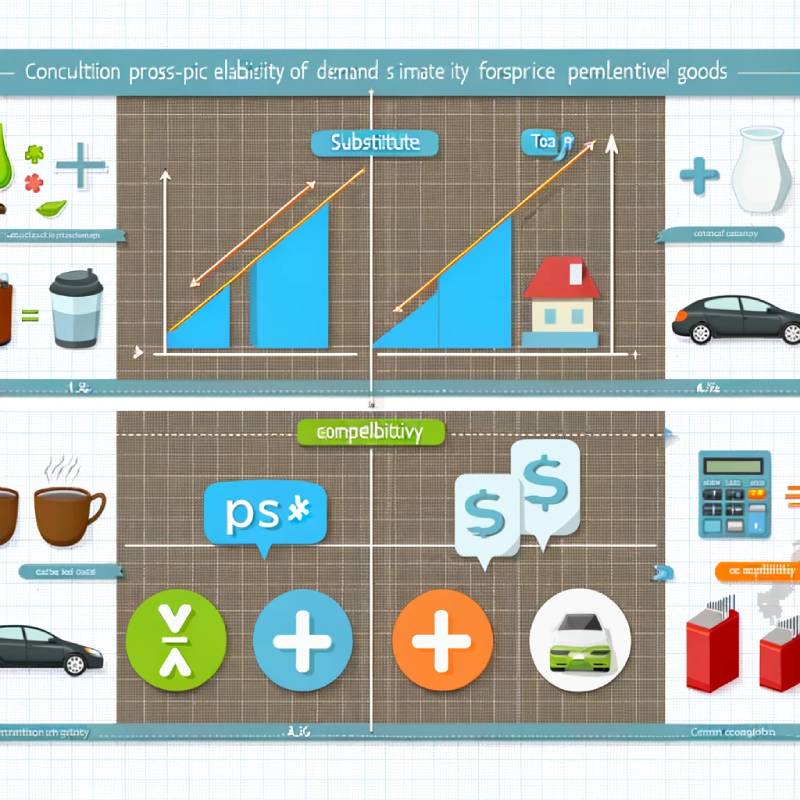Cross-price elasticity of demand (CPEoD) measures the responsiveness of the quantity demanded for a good to a change in the price of another good. This economic indicator is crucial for understanding how products in the market are related, especially for businesses and policymakers aiming to predict consumer behavior and market dynamics. CPEoD can indicate whether goods are substitutes or complements, providing insights into competitive and cooperative relationships between different products.
Understanding Cross-Price Elasticity of Demand
The cross-price elasticity of demand is calculated using the formula:
\[ \text{CPEoD} = \frac{\% \text{ Change in Quantity Demanded of Good X}}{\% \text{ Change in Price of Good Y}} \]
Where:
– **Good X** is the product whose demand is being considered.
– **Good Y** is another product whose price change is expected to affect the demand for Good X.
Interpretation
– **Positive CPEoD**: Indicates substitute goods. If the price of Good Y increases and the demand for Good X increases, they are considered substitutes (e.g., tea and coffee).
– **Negative CPEoD**: Indicates complementary goods. If the price of Good Y increases and the demand for Good X decreases, they are considered complements (e.g., cars and gasoline).
– **CPEoD = 0**: Indicates the goods are unrelated, and a price change in Good Y does not affect the demand for Good X.
Examples of Cross-Price Elasticity of Demand
Example 1: Substitute Goods
Suppose the price of coffee increases by 20%, and as a result, the demand for tea increases by 10%.
\[ \text{CPEoD} = \frac{10\%}{20\%} = 0.5 \]
This positive CPEoD value indicates that tea and coffee are substitute goods. For every 1% increase in the price of coffee, the demand for tea increases by 0.5%.
Example 2: Complementary Goods
Consider the case where the price of gasoline increases by 25%, leading to a 10% decrease in the demand for cars.
\[ \text{CPEoD} = \frac{-10\%}{25\%} = -0.4 \]
This negative CPEoD value shows that cars and gasoline are complementary goods. A 1% increase in the price of gasoline leads to a 0.4% decrease in the demand for cars.
Importance of Cross-Price Elasticity of Demand
Understanding the cross-price elasticity of demand is vital for businesses in pricing strategy, marketing, and inventory management. It helps companies predict the impact of a competitor’s price change on their products and adjust their strategies accordingly. For policymakers, CPEoD provides insights into how market interventions, such as taxes on certain goods, might impact related markets and consumer choices.
In conclusion, cross-price elasticity of demand is a powerful tool in economic analysis, offering valuable insights into consumer behavior and market interdependencies. By analyzing CPEoD, businesses and policymakers can make informed decisions that align with market dynamics and consumer preferences.

